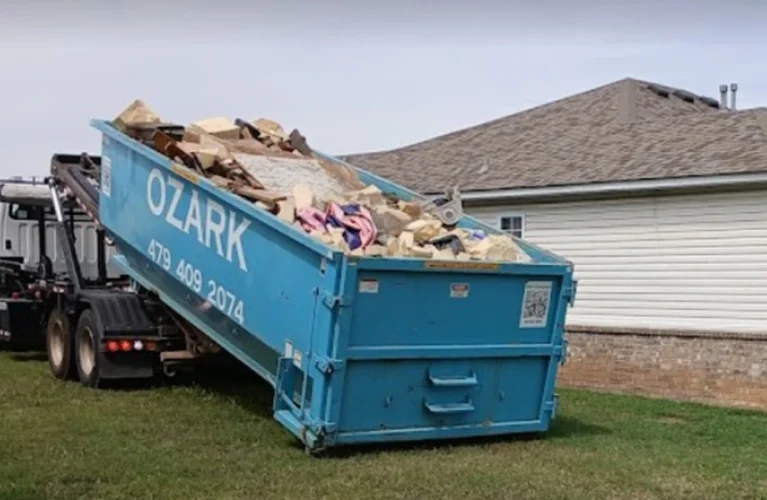Monel, a series of nickel-copper alloys, has been a stalwart in the world of engineering and industry for many years. Among the various alloys within the Monel family, Monel 400 and Monel K500 stand out as two remarkable materials. In this article, we will delve into the characteristics, applications, and advantages of Monel 400 Plate and Monel K500 Plate, shedding light on their crucial roles in a multitude of industries.
Understanding Monel Alloys
Before we explore the specific attributes of Monel 400 Plate and Monel K500 Plate, let’s take a moment to understand what makes Monel alloys unique.
Monel alloys are composed primarily of nickel and copper, with small amounts of other elements like iron, manganese, and silicon. This composition imparts several outstanding properties to Monel alloys:
- Corrosion Resistance: Monel alloys exhibit exceptional resistance to corrosion, especially in harsh environments such as seawater and acidic solutions. This property makes them indispensable in marine and chemical processing applications.
- High Strength: Monel alloys, including Monel 400 and Monel K500, possess impressive tensile strength and toughness, making them suitable for high-stress applications.
- Excellent Thermal Conductivity: These alloys conduct heat efficiently, making them valuable in heat exchangers and similar equipment.
- Low Coefficient of Thermal Expansion: Monel alloys have a low CTE, which means they resist expansion and contraction when exposed to temperature variations. This makes them stable in various temperature conditions.
Monel 400 Plate: The Workhorse of Corrosion Resistance
Monel 400, often referred to as simply “Monel,” is the most widely used alloy within the Monel family. Monel 400 Plate, in particular, is known for its exceptional corrosion resistance and impressive mechanical properties.
1. Corrosion Resistance: Monel 400 Plate is highly resistant to corrosion by a wide range of media, including seawater, acids, and alkalis. This makes it ideal for marine applications, chemical processing, and handling of acidic substances.
2. High Strength: Despite its corrosion resistance, Monel 400 Plate boasts remarkable tensile strength and durability. It is commonly used in structural components and fasteners.
3. Versatility: Monel 400 Plate can be easily fabricated, welded, and formed, making it a versatile choice for various applications. It can be used in the form of sheets, plates, bars, and pipes.
4. Heat Resistance: Monel 400 Plate retains its mechanical properties at elevated temperatures, further expanding its utility in high-temperature environments.
Applications of Monel 400 Plate
The exceptional properties of Monel 400 Plate make it invaluable across a spectrum of industries:
- Marine and Offshore: Monel 400 Plate is widely used in marine applications, including boat and shipbuilding, due to its resistance to corrosion in seawater.
- Chemical Processing: Its resistance to acids and alkalis makes it a preferred choice for chemical processing equipment, such as pumps, valves, and heat exchangers.
- Oil and Gas: Monel 400 Plate is utilized in the oil and gas industry for components exposed to corrosive environments, such as downhole equipment and wellhead components.
- Electrical and Electronics: Its excellent electrical conductivity and corrosion resistance make it suitable for electrical connectors and components.
Monel K500 Plate: The Supercharged Version
Monel K500 is an advanced variation of Monel 400 with enhanced properties. Monel K500 Plate takes the excellence of Monel 400 to the next level, making it a formidable material for even more demanding applications.
1. Greater Strength: Monel K500 Plate exhibits higher tensile strength and hardness compared to Monel 400, making it suitable for more robust applications.
2. Age-Hardening: Monel K500 can be age-hardened through a heat treatment process, further improving its mechanical properties. This age-hardening ability sets it apart from Monel 400.
3. Excellent Resistance: It maintains excellent resistance to corrosion, particularly in non-oxidizing environments. This makes it a choice material in the presence of sulfuric acid and other corrosive substances.
4. Non-Magnetic: Monel K500 is non-magnetic, which is advantageous in applications where magnetic interference is undesirable.
Applications of Monel K500 Plate
Monel K500 Plate’s enhanced properties open up a range of specialized applications:
- Aerospace: Monel K500’s strength-to-weight ratio and non-magnetic nature make it suitable for aerospace components, including aircraft landing gear and fasteners.
- Oilfield Equipment: In the oil and gas industry, Monel K500 Plate is used for valves, pump shafts, and drill collars subjected to high stress and corrosive conditions.
- Marine Propeller Shafts: Its resistance to seawater and excellent mechanical properties make it an ideal choice for marine propeller shafts.
- Chemical Processing: Monel K500 Plate is used in handling sulfuric acid and other corrosive chemicals due to its robust corrosion resistance.
Conclusion: The Monel Advantage
In the ever-evolving landscape of engineering and industry, materials like Monel 400 Plate and Monel K500 Plate remain stalwarts due to their exceptional properties. These alloys offer the perfect blend of corrosion resistance, strength, and versatility, making them indispensable in various applications.
Whether it’s safeguarding marine equipment from the relentless forces of seawater, ensuring the integrity of chemical processing equipment, or withstanding the demanding conditions of aerospace and oilfield operations, Monel alloys shine as a testament to human ingenuity and innovation. Monel 400 Plate and Monel K500 Plate, in particular, are the unsung heroes behind countless industrial success stories, proving that when it comes to material excellence, Monel is a name that can be trusted.











